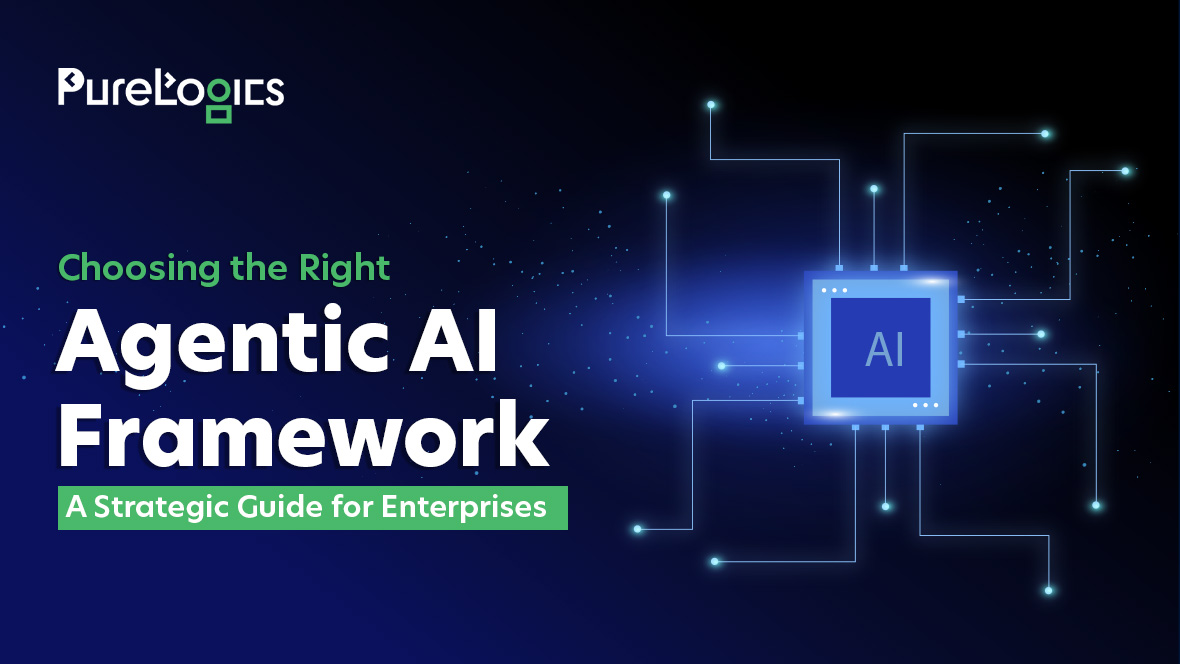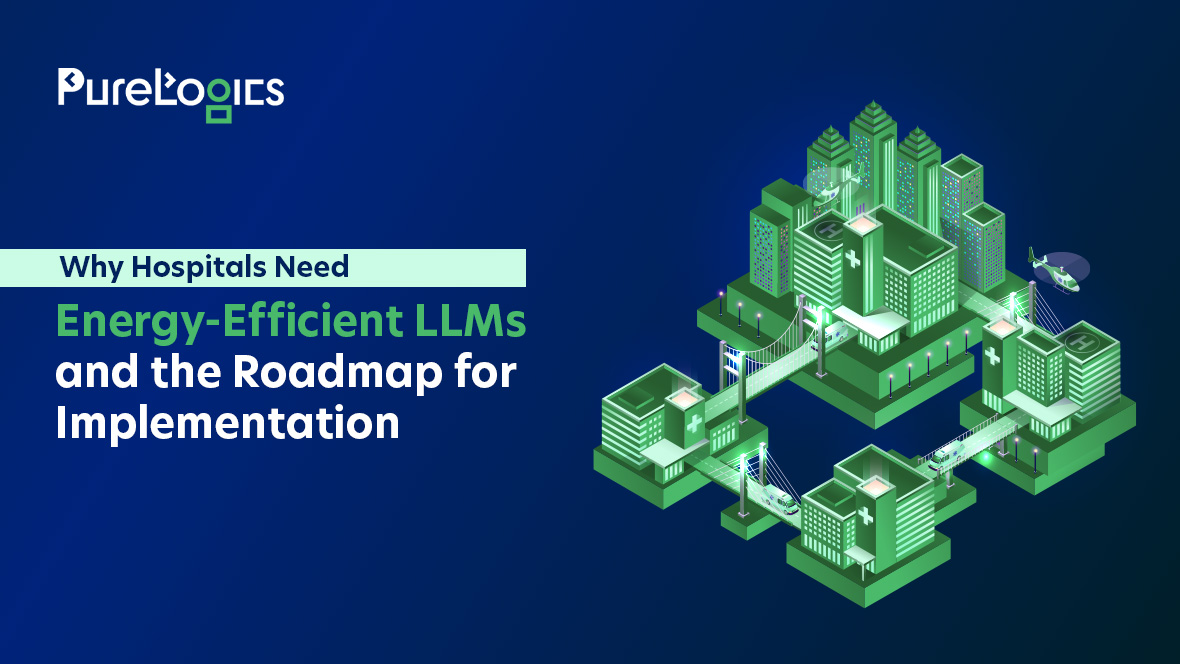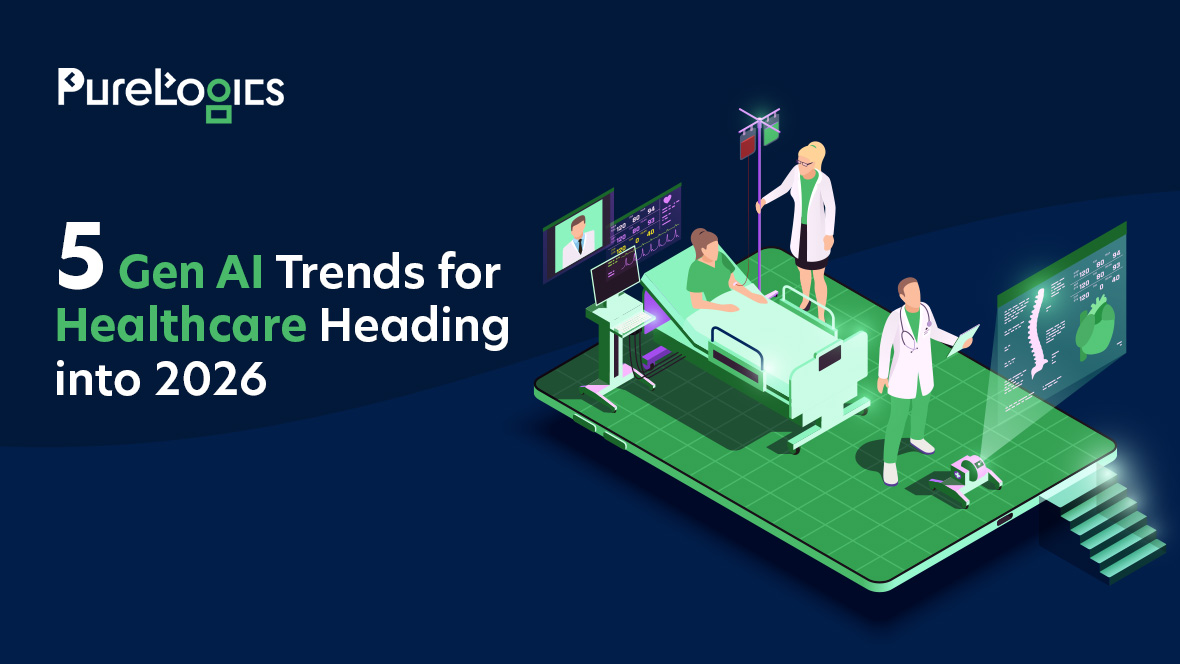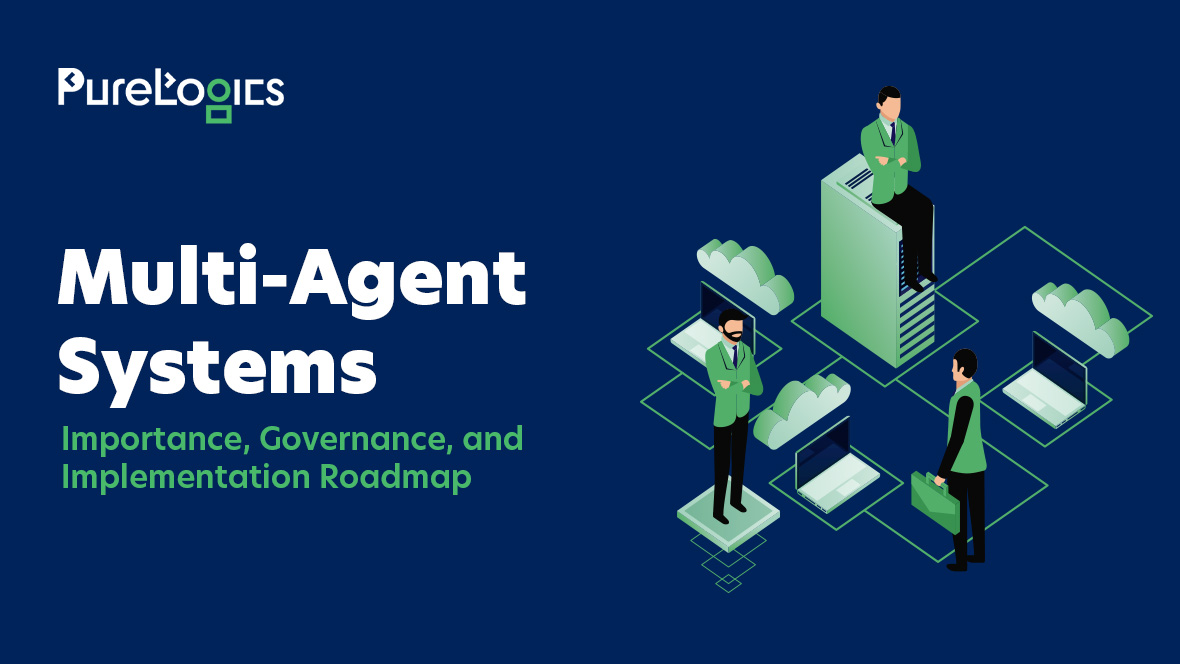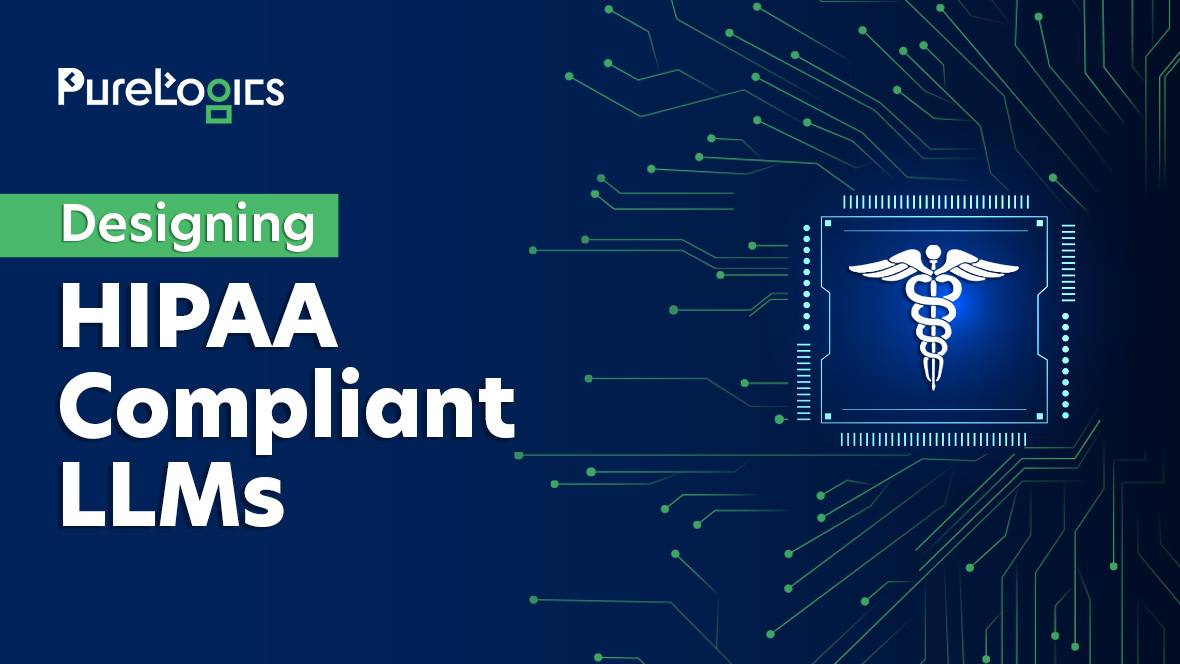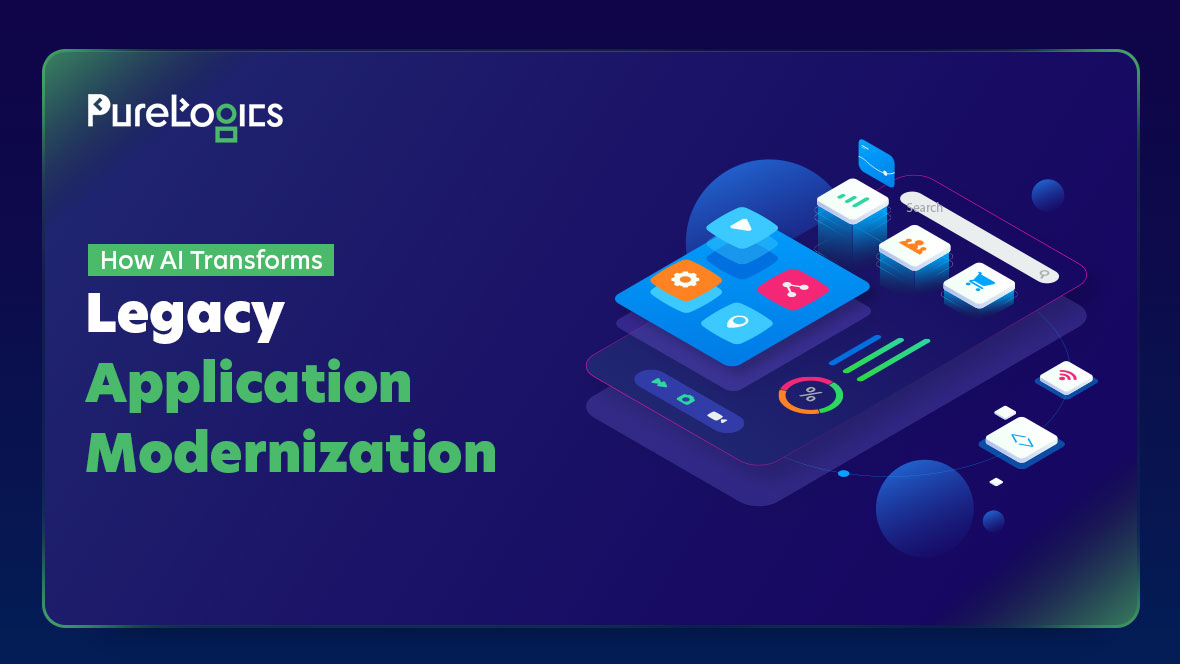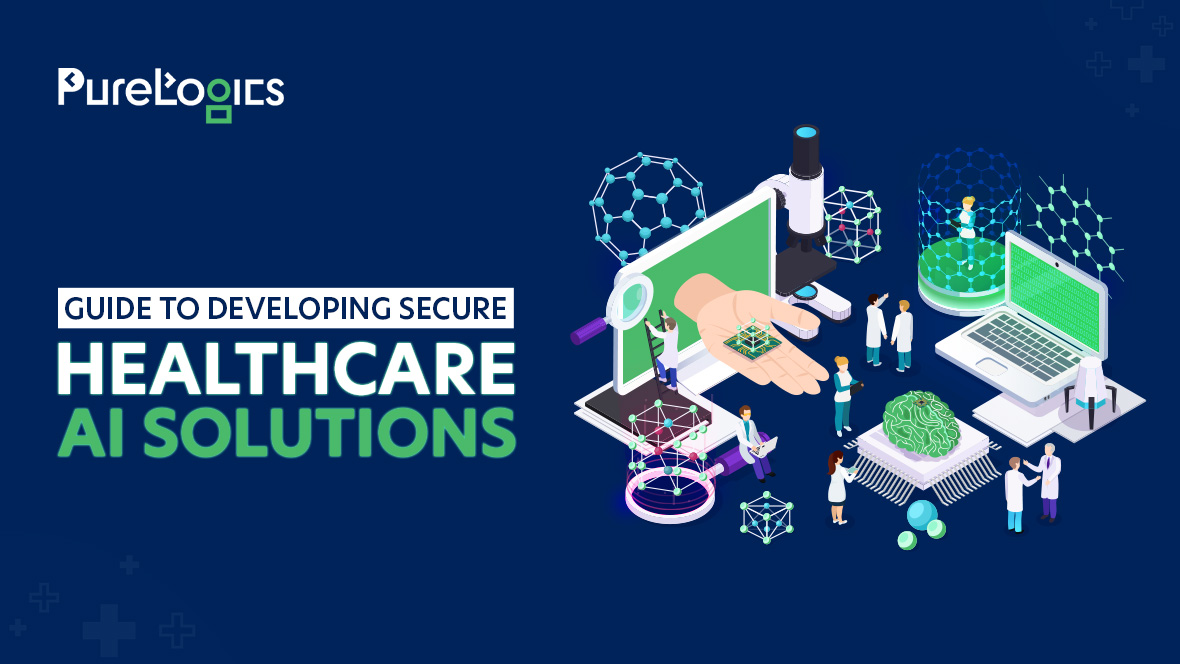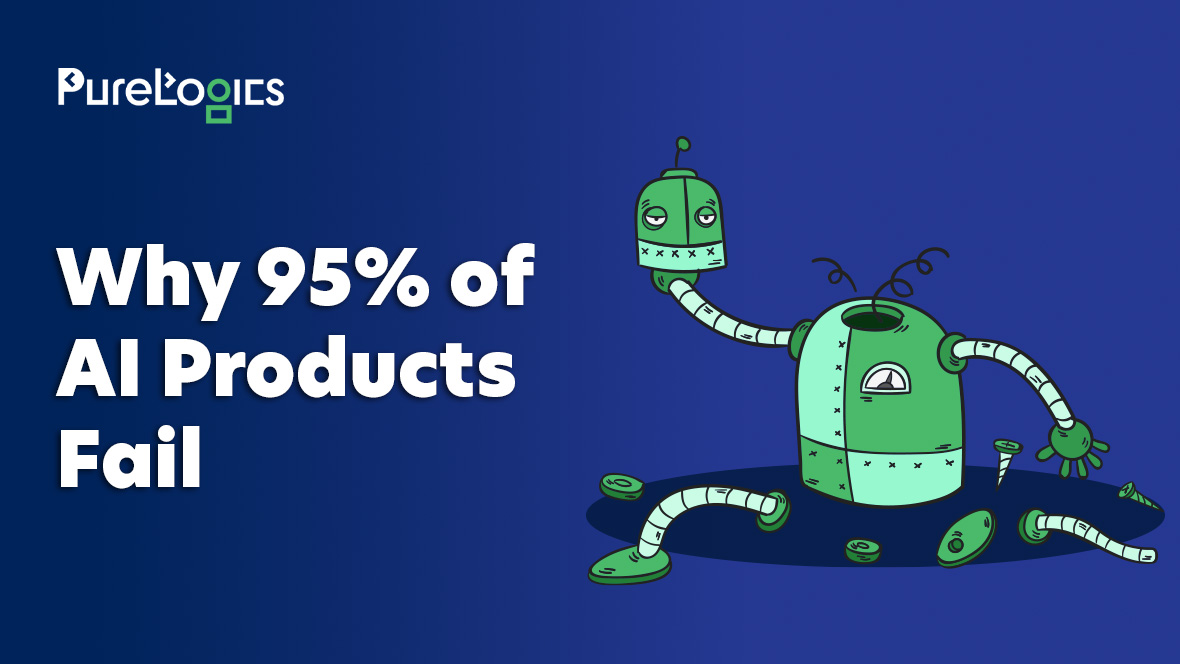
Why 95% of AI Products Fail: Common Pitfalls Every Executive Must Avoid
Reading Time: 7 minutes Despite companies pouring $30–40 billion into generative AI, most pilot projects still fail to deliver meaningful results. According to the MIT Media Lab’s study titled, The State of AI in Business 2025, 95% of AI initiatives generate no measurable returns. This study, which analyzed over 300 public projects, conducted 52 organizational interviews, and collected 153 …


